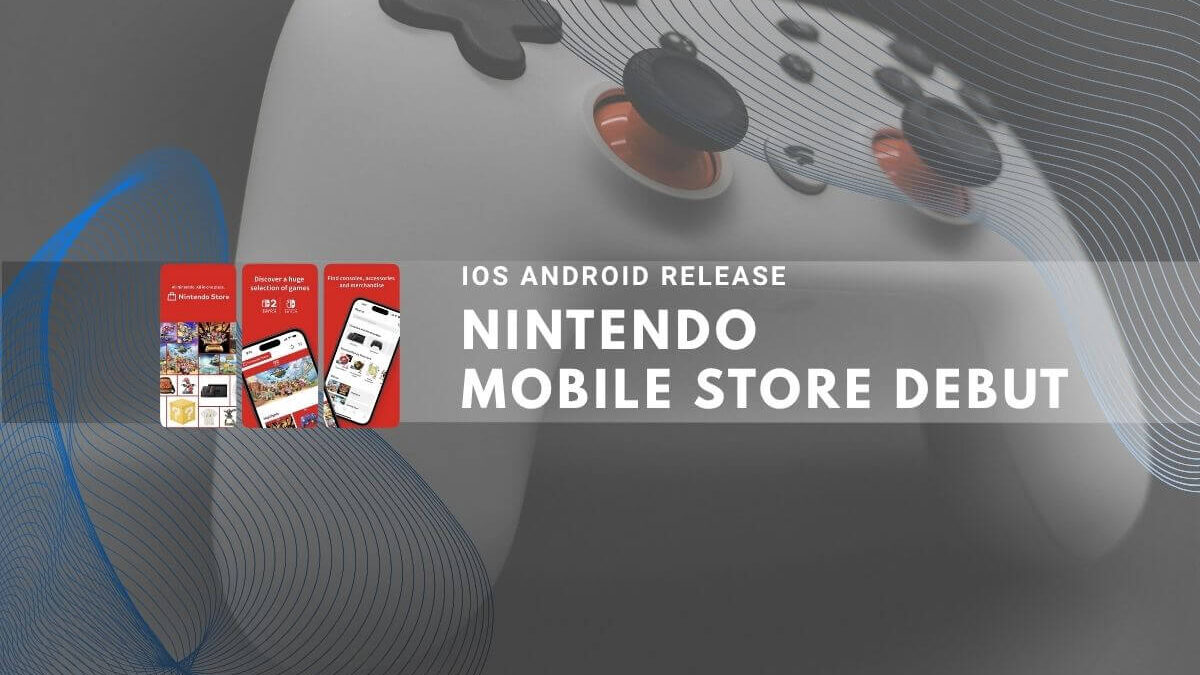Nintendo released an official Nintendo Store app for iOS and Android on November 5, 2025, expanding access to its eShop globally. Originally exclusive to Japan as “My Nintendo” since April 2020, the rebranded app now serves the United States, Canada, Mexico, Brazil, Europe, and Japan. Users in Australia, New Zealand, Malaysia, and the Philippines cannot access it.[1][2][3][4][5][6][7][8]
The app functions as a mobile hub for shopping, play history review, and rewards, solving the slow eShop experience on original Switch hardware. Key difference: users browse products in-app but complete purchases through a secure browser window.[3][9][10][1]
Core Features and Functionality Overview
The Nintendo Store app serves as a centralized platform for gaming and shopping across multiple consoles. Beyond standard eShop access, it tracks gaming history and provides personalized notifications for sales and events.[5][11][3]
Play Activity Tracking Across Multiple Gaming Consoles
Play history represents the standout feature. Users view Switch, Switch 2, Nintendo 3DS, and Wii U activity with daily breakdowns and 15-minute interval precision. Critical limitations exist:[2][10][12][3]
- Displays approximate hours in ranges (“50 hours or more”), not exact totals.[10][12][13]
- Tracks only approximately 20 most-played games per console.[14][10]
- Shows incomplete totals when upgrading from Switch to Switch 2.[12][15]
- 3DS and Wii U data frozen at February 2020, no activity after this date.[16][3][14]
- Requires linking Nintendo Network ID to Nintendo Account for legacy data.[17][18][1][3]
Shopping, Wish Lists, and Browser Purchase Redirect
Users browse Nintendo Switch 2, Switch consoles, hardware, physical games, digital titles, and merchandise. When selecting products, the app redirects to a secure browser (in-app or device default) for checkout—not direct in-app purchasing.[9][19][1][3][5][10]
Push notifications alert users when wish list items go on sale, though notification timing depends on app permissions and system settings.[20][21][3][10]
Check-In Rewards at Official Nintendo Store Locations
The app supports check-in rewards at official Nintendo Store locations. Currently, only Nintendo New York and Nintendo San Francisco offer check-in functionality. Most players cannot access these locations.[6][7][8][19][5][9]
Regional Availability and Technical Requirements Details
| Region | Access Status | Additional Notes |
|---|---|---|
| US, Canada, UK, Mexico, Brazil, Europe, Japan | Available | Full feature access supported |
| Australia, New Zealand, Malaysia, Philippines | Not Available | App unavailable in app stores |
The app with Global Launch requires iOS 16 or later and compatible Android devices. Physical products are not available in all regions despite app access.[18][19][22][3][5][17]
Critical Limitations Users Should Know
Users should understand key limitations before downloading:
- Play history shows approximations, not exact playtime totals.
- Console upgrade may cause data inconsistencies or incomplete totals.
- Switch tracks only top 20 most-played games, unlike 3DS/Wii U.
- Legacy console data ends at February 2020 cutoff.
- Check-in rewards available only at two known locations.
- App requires active internet connection for all features.[23][24]
